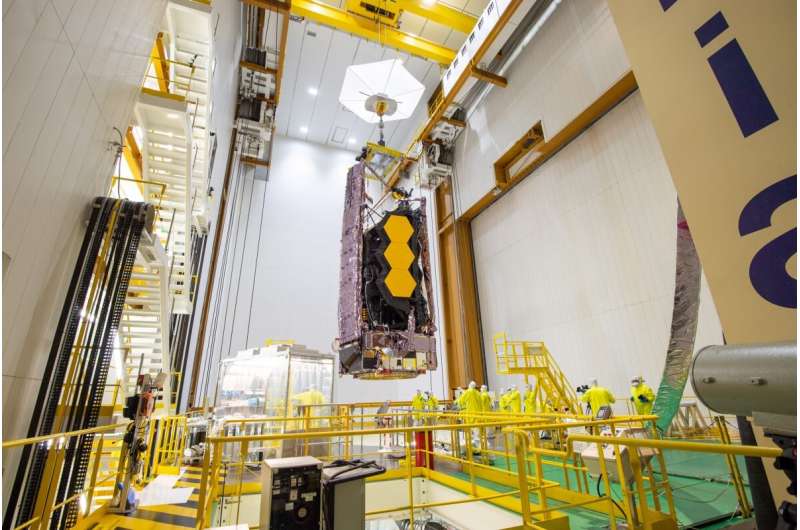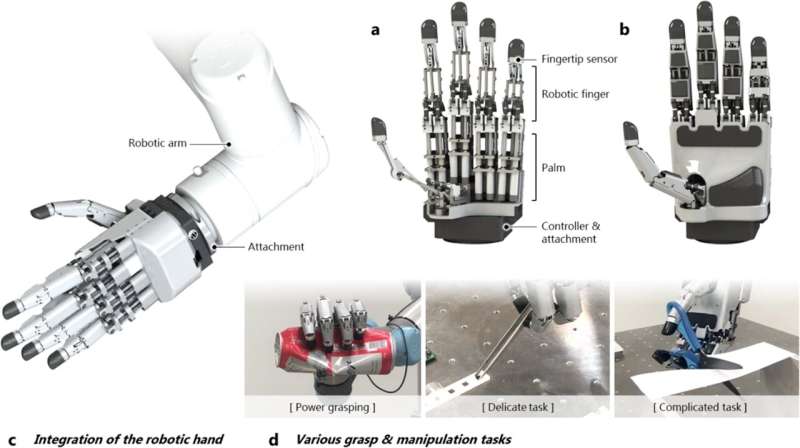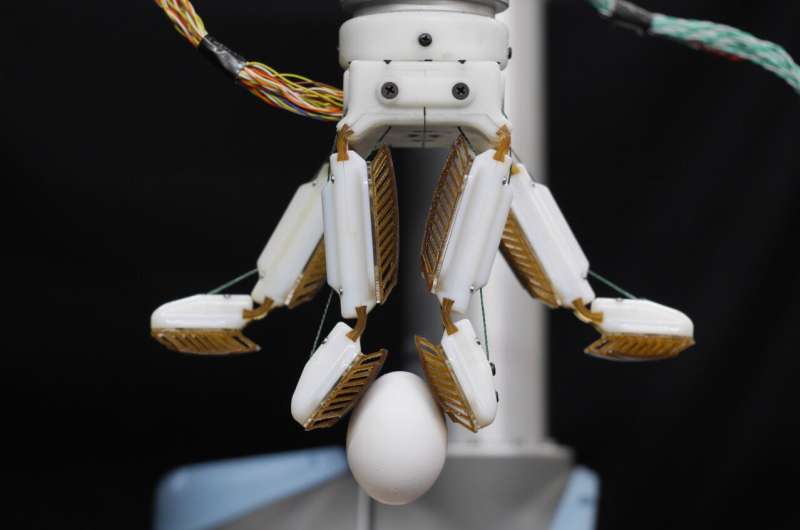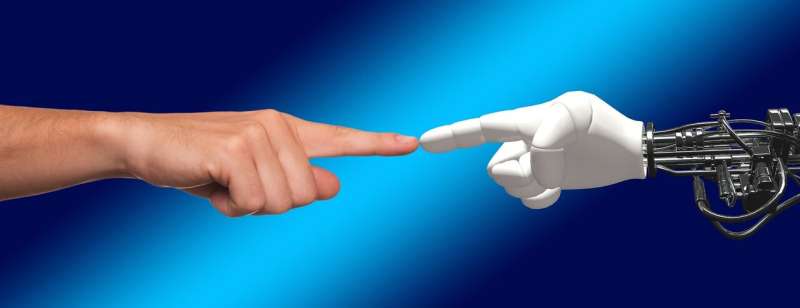Travel industry pressed regulator on flight refunds in early days of pandemic: emails
The relationship between Canada's airline watchdog and the travel industry is under scrutiny after the release of emails from the early days of the COVID-19 pandemic in which industry executives pressed regulators to back their position against issuing passenger refunds, days before the Canadian Transportation Agency did just that.

Disclosed under a Federal Court of Appeal order, a March 22 letter from then-Transat CEO Jean-Marc Eustache asked the CTA to issue a statement pre-empting complaints and lawsuits amid thousands of flight cancellations at the outset of the pandemic.
"Clarify that the uncontrollable nature of the crisis means that no refunds to passengers are required," he requested. The clarification would also allow credit card companies "to deny customer chargeback claims."
Three days later, the CTA posted a statement that airlines could generally issue flight credits or vouchers to customers whose flights had been cancelled due to the pandemic, rather than reimbursing them.
Eustache's letter followed an email and extended phone conversation between another Transat executive and then-senior agency director Marcia Jones on the same topic four days earlier.
"I had a long call this evening and have a better understanding of the concern," Jones told CTA chairman and CEO Scott Streiner in an email on March 18, 2020.
The Association of Canadian Travel Agencies also wrote to the regulator asking it to help them with "prevention of credit card chargebacks."
The CTA's statement on March 25 that flight credit rather than refunds constitutes a "reasonable approach" toward passengers left out of pocket by cancelled flights sparked public backlash and thousands of complaints to the transportation agency.
Gabor Lukacs, president of advocacy group Air Passenger Rights, says the behind-the-scenes communication between executives and the quasi-judicial body compromises the agency's independence.
"The agency clearly acted here to protect the airlines' financial interests, which was not their job," he said.
"Making sure the airlines are profitable is far from the agency's mandate."
The CTA says it regularly holds discussions with stakeholders that fall under its regulatory mandate, such as industry and consumer protection groups.
"The information obtained during those exchanges contributes to a good understanding of the possible impacts of its actions. This does not interfere with the impartiality of the agency," it said in an email.
The goal of the correspondence was to fully inform the CTA of a rapidly evolving situation and seek guidance on new transportation legislation, said Transat spokesman Christophe Hennebelle.
The travel agencies association said it wanted to "buy time" until more information about the pandemic emerged, with agents caught between airlines, cruise companies and hotels on the one hand and consumers on the other.
"We are satisfied that the Canadian government and CTA at the time listened to our concerns and priorities," president Wendy Paradis said in a statement. The association is not in regular contact with the agency, she added.
The Bloc Québécois called Thursday for an independent probe into the independence of the regulator.
"We had suspected for a long time that the agency had a problem of regulatory capture, now we have proof," Bloc MP Xavier Barsalou-Duval said in French in a release.
"Emails from airlines and the CTA clearly indicate that the latter failed in its mission to protect air passengers in drafting the message concerning credits."
The newly disclosed correspondence comes seven months after advocates and opposition MPs said emails between the federal Transport Department and the CTA around passenger refunds first threw into question the regulator's independence.
Emails tabled with the House of Commons transport committee in May revealed that senior officials last year were in frequent contact about the agency's public stance on flight vouchers, which airlines cited repeatedly to justify withholding reimbursement for passengers.
Lukacs said that the communication, combined with the latest batch of email disclosure, suggests undue pressure on the arm's-length body from both the travel sector and Transport Canada.
During the first few months of the pandemic in the United States and multiple European Union countries, governments rolled out billions of dollars in financial support to the airline sector while requiring refunds for nixed flights. It took more than a year for the first fully fledged bailout-and-reimbursement deal to materialize in Canada.
Since April, several airlines starting with Air Canada have accepted aid packages from Ottawa and agreed to refund customers — though advocates say that right already existed.
The CTA's statement on vouchers — which was revised in April to clarify that it did not change airlines' obligations or passenger rights under carrier-customer contracts — amounted to a "damaging view," said Sylvie De Bellefeuille, a lawyer with Option consommateurs.
"It was too limited to not take into consideration that there were other laws that could apply and that could have helped people get their refunds," she said.
"We don’t know for sure why the CTA made the decision, but it is clear that there has been some pressure from the travel industry in order to accept those vouchers."
Her advocacy group also wrote to the CTA in April 2020. "We never had answers to our concerns," she said.
Advocates have said consumer protection laws in most provinces entitle customers to reimbursement for service never rendered.
The CTA has said it administers federal rules and does not comment on provincial laws.
Passengers filed 16,200 complaints to the CTA between March 2020 and May 2021, more than 9,700 of which relate to refunds, the regulator said last month.
This report by The Canadian Press was first published Dec. 16, 2021.
Companies in this story: (TSX:TRZ)
Christopher Reynolds, The Canadian Press



















